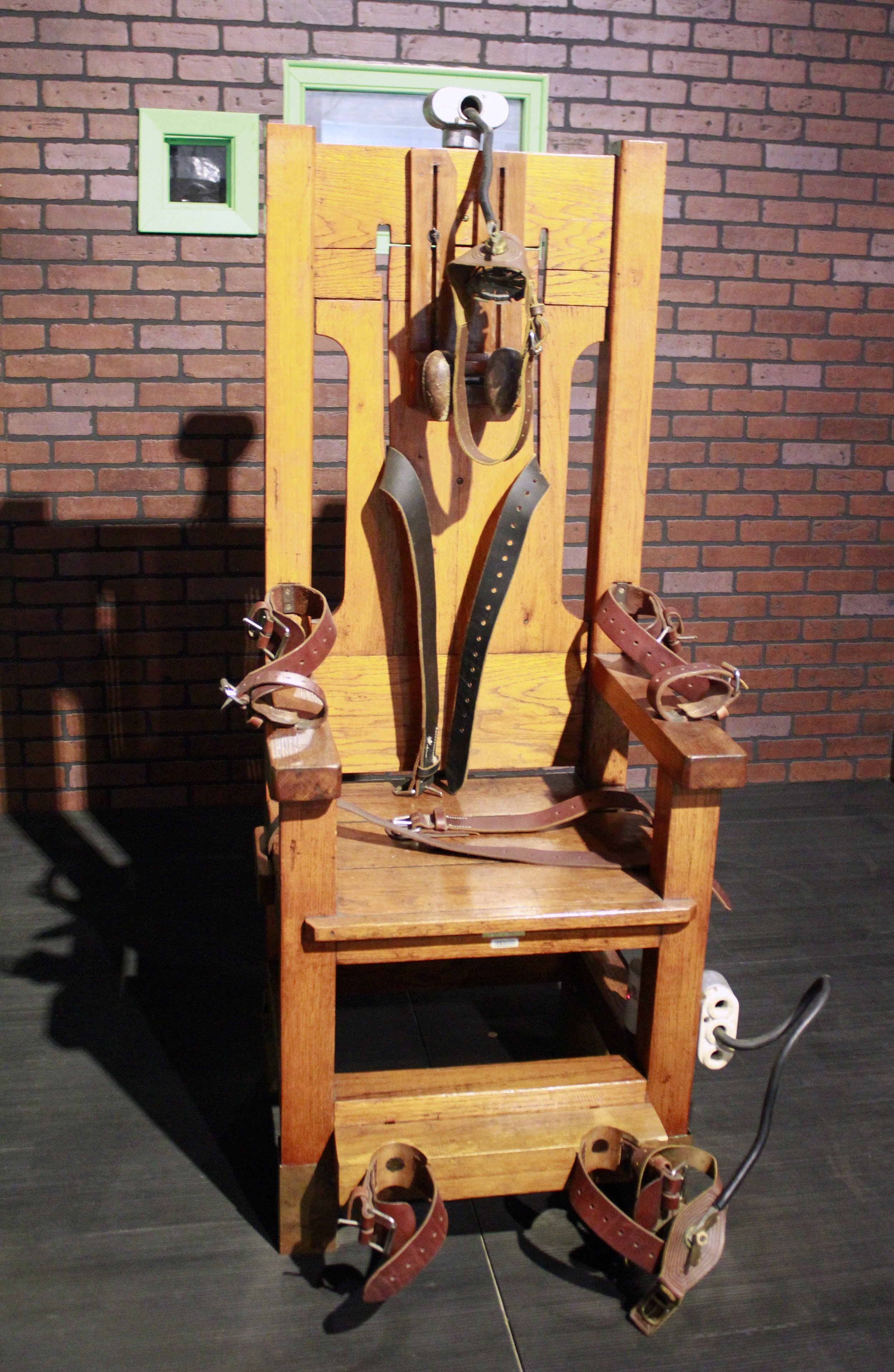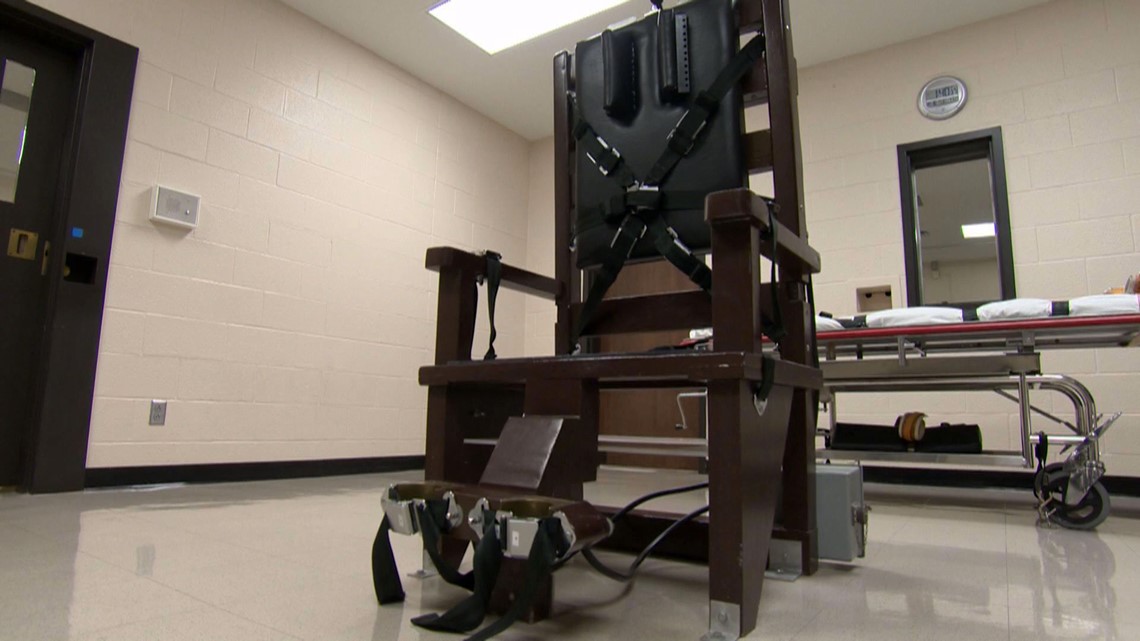Shocking! One Girl, Electric Chair & Dark History Explored
Does the phrase "one girl, one electric chair" evoke a sense of chilling curiosity or utter revulsion? It is a stark reminder of the disturbing intersection of human fascination with the macabre and the somber realities of capital punishment, a concept that continues to ignite passionate debate worldwide.
The phrase, often abbreviated and shared across social media platforms with a disturbing flippancy, belies a complex history and a haunting legacy. While seemingly sensationalist, the underlying connection to historical events involving capital punishment, particularly the use of the electric chair, necessitates a closer examination. It prompts questions about our societal desensitization to violence, the exploitation of tragedy for entertainment, and the ongoing ethical dilemmas surrounding state-sanctioned execution. From the grim realities of death row to the commodification of fear in online content, the phrase "one girl, one electric chair" acts as a potent, albeit unsettling, cultural touchstone.
| Aspect | Information |
|---|---|
| Origin and Development | Developed in the late 19th century as a supposedly more humane alternative to hanging. First used in the United States. |
| First Execution | William Kemmler, August 6, 1890, at Auburn Prison in New York. The execution was widely considered a botched procedure. |
| Mechanism | Involves strapping the condemned to a specially designed chair and applying electrodes to the head and leg. High voltage electricity (typically 2000 volts or more) is passed through the body for a predetermined duration. |
| Process | The condemned is typically shaved and strapped securely to the chair. A saline-soaked sponge is placed between the electrode and the head to improve conductivity. A leather mask or hood is often used to conceal the face. |
| Physiological Effects | The electricity causes massive damage to the internal organs, brain, and nervous system. Death is theoretically caused by cardiac arrest and respiratory failure. |
| Controversies | Perceived as cruel and unusual punishment, leading to legal challenges and declining use. Concerns about the possibility of prolonged suffering and botched executions. |
| Decline in Use | Gradually replaced by lethal injection as the primary method of execution in the United States. |
| Current Status | While once prevalent, its use has significantly decreased. Some states still authorize it as an option, but lethal injection is generally preferred. |
| Ethical Considerations | Raises fundamental questions about the morality of capital punishment and the role of the state in taking a human life. Debates over the potential for errors and the risk of executing innocent individuals. |
| Notable Cases | Ted Bundy, Julius and Ethel Rosenberg, and numerous others were executed via the electric chair, each case surrounded by legal and ethical debates. |
| Visual Depictions | Often portrayed in popular culture (films, books, etc.) as a symbol of state power and the ultimate punishment. These depictions can contribute to both fascination and revulsion. |
| Further Reading | Death Penalty Information Center |
- Movierulz Watch New Movies Online Free The Truth
- 5movierulz 2025 Find Telugu Movies News Official Sites Only

Death Row Inmate Calls Lethal Injection 'Torture,' Will Be Executed by

How Tennessee prison officials test the electric chair before an

‘Great God, he is alive!’ The first man executed by electric chair died